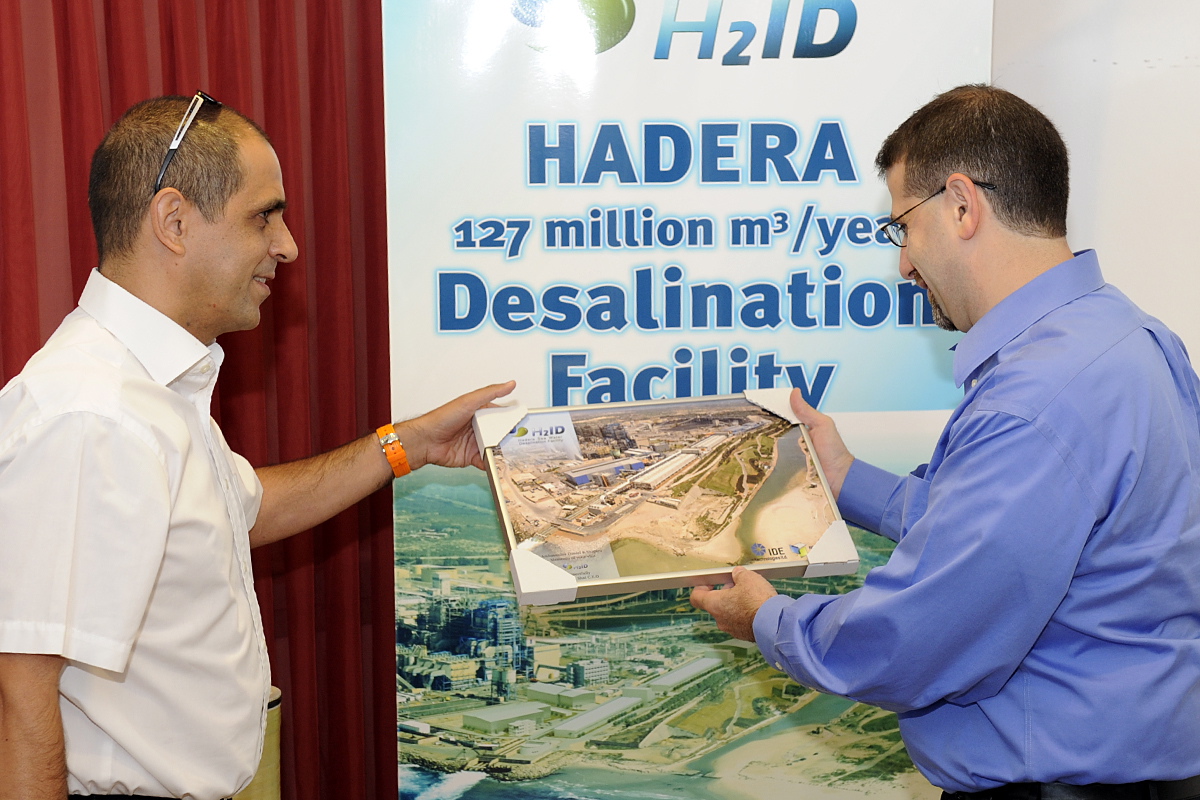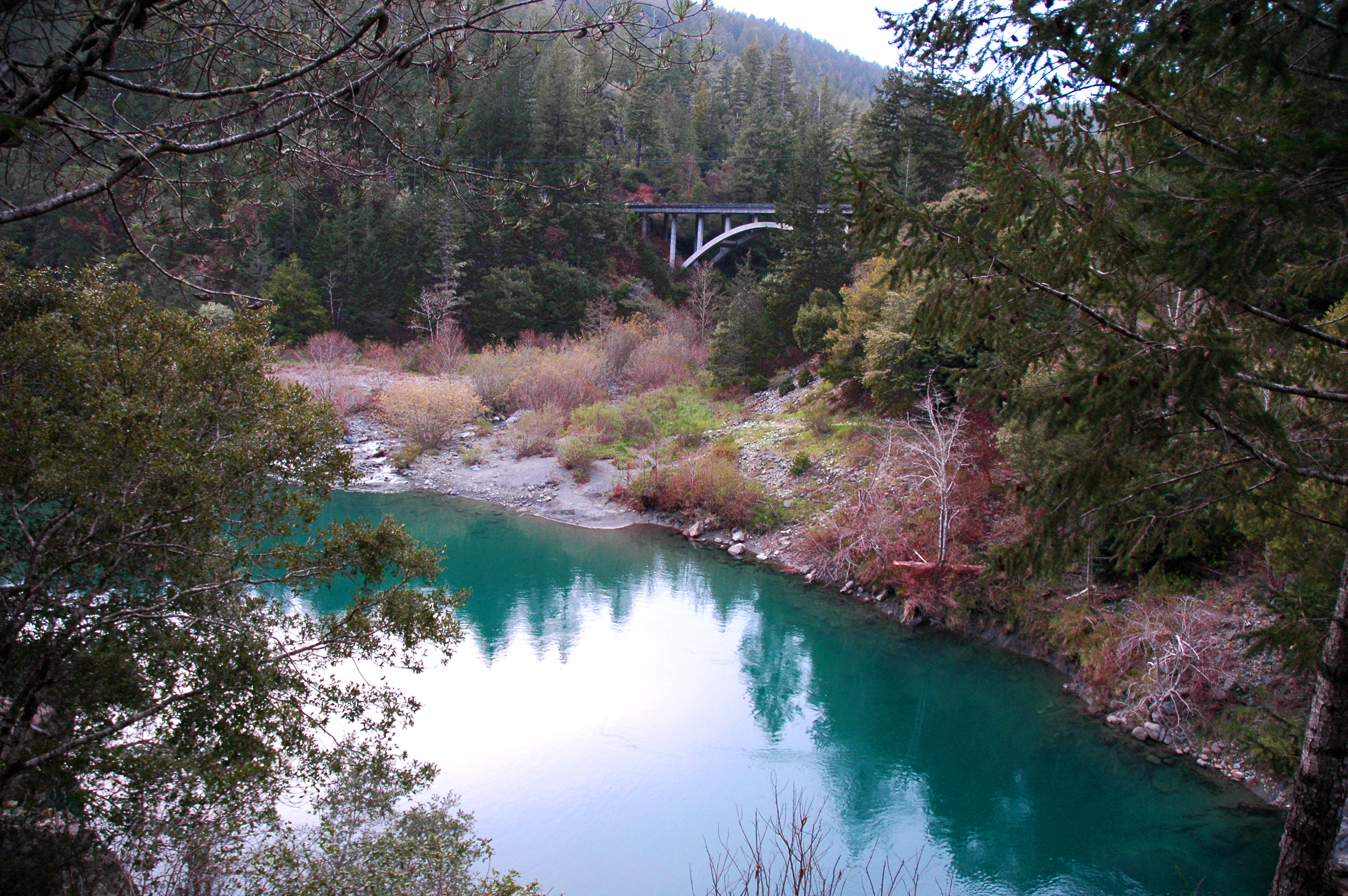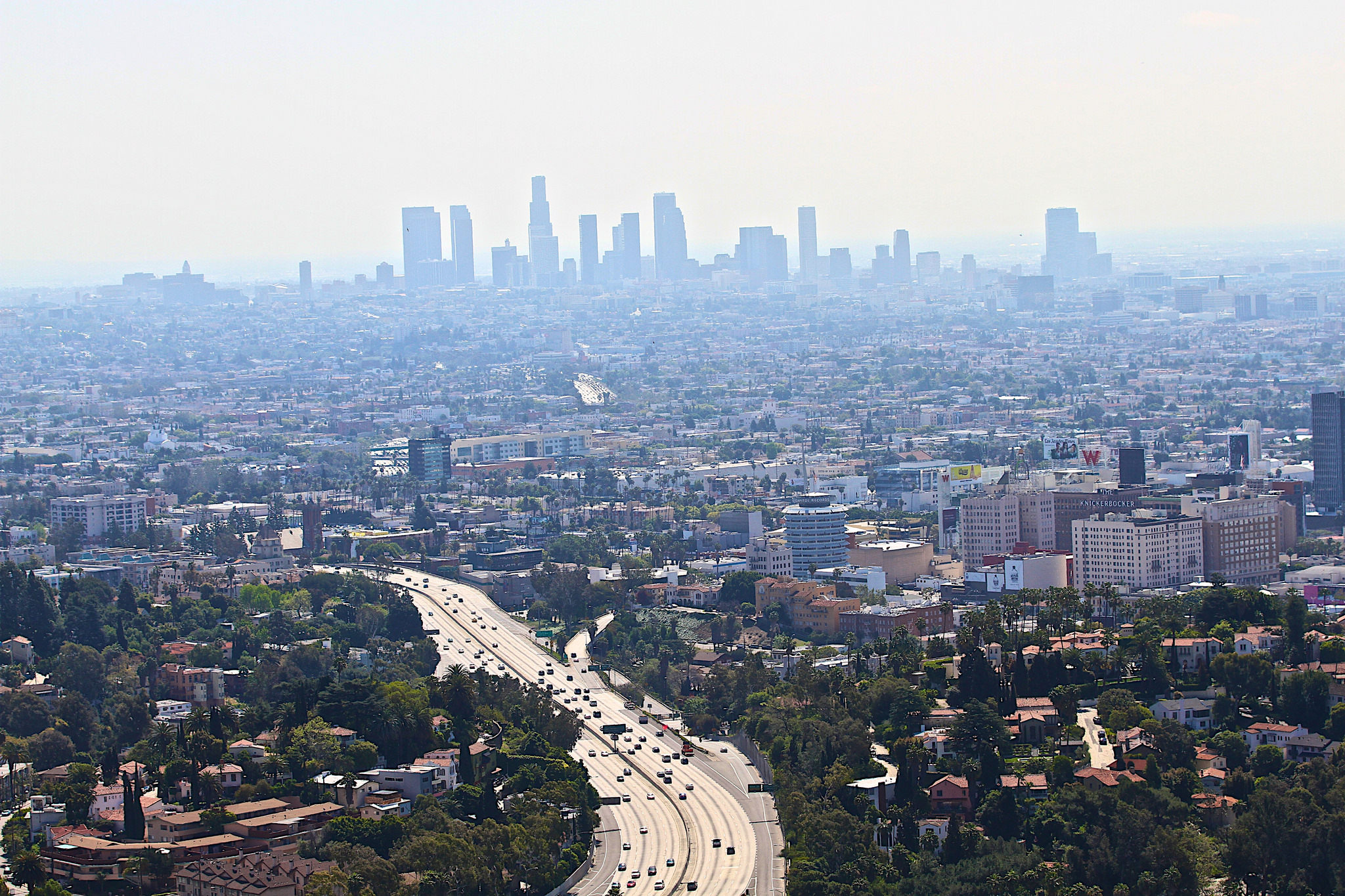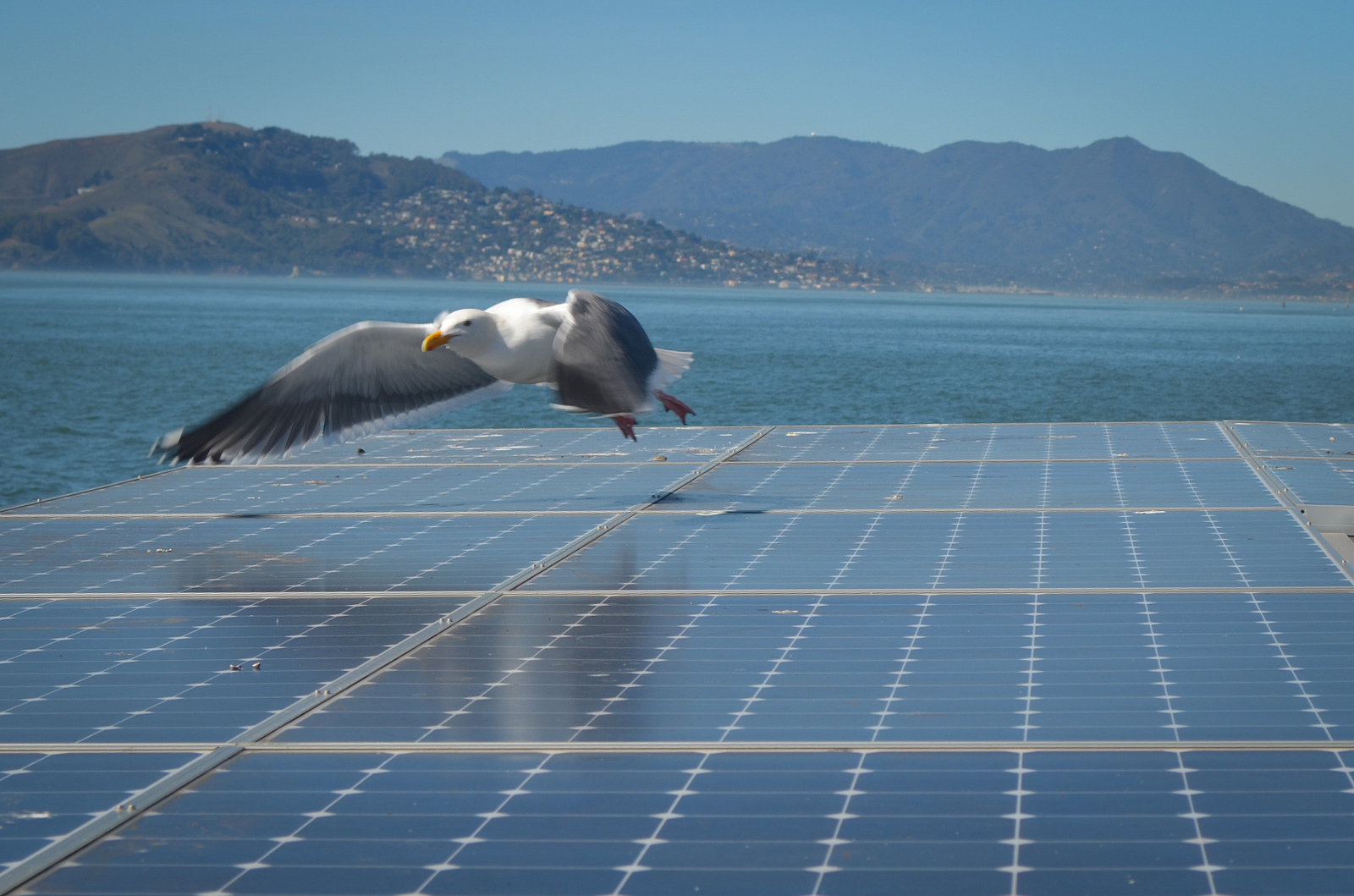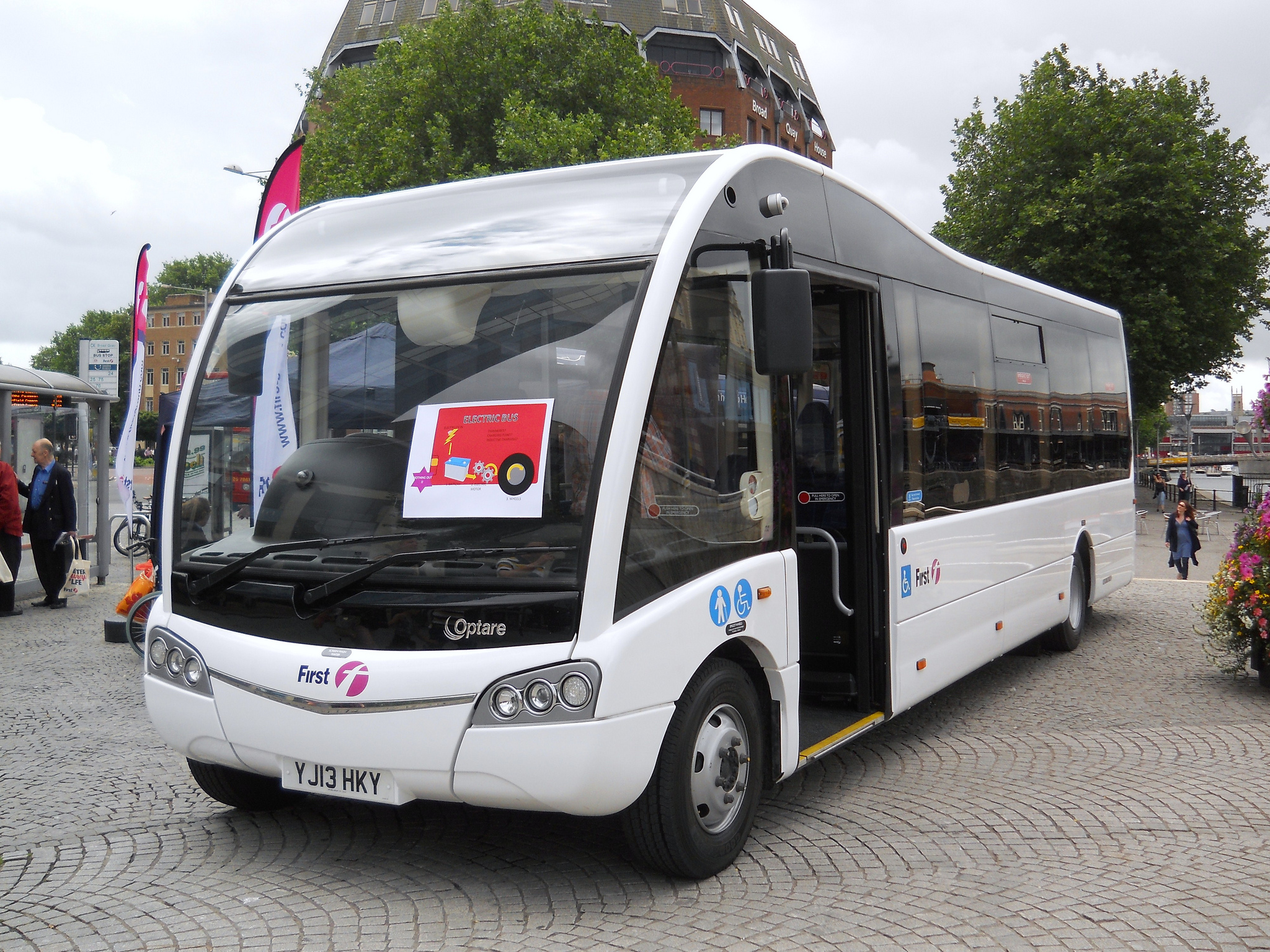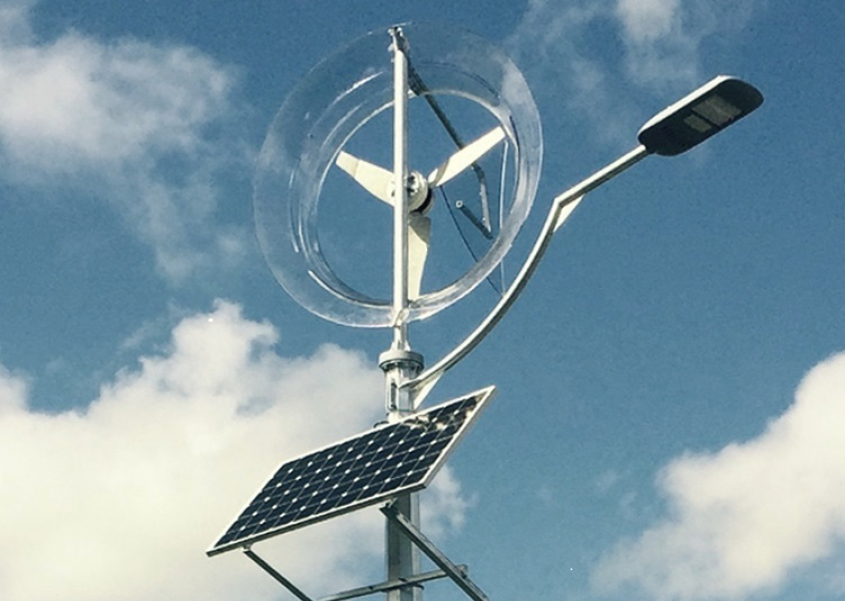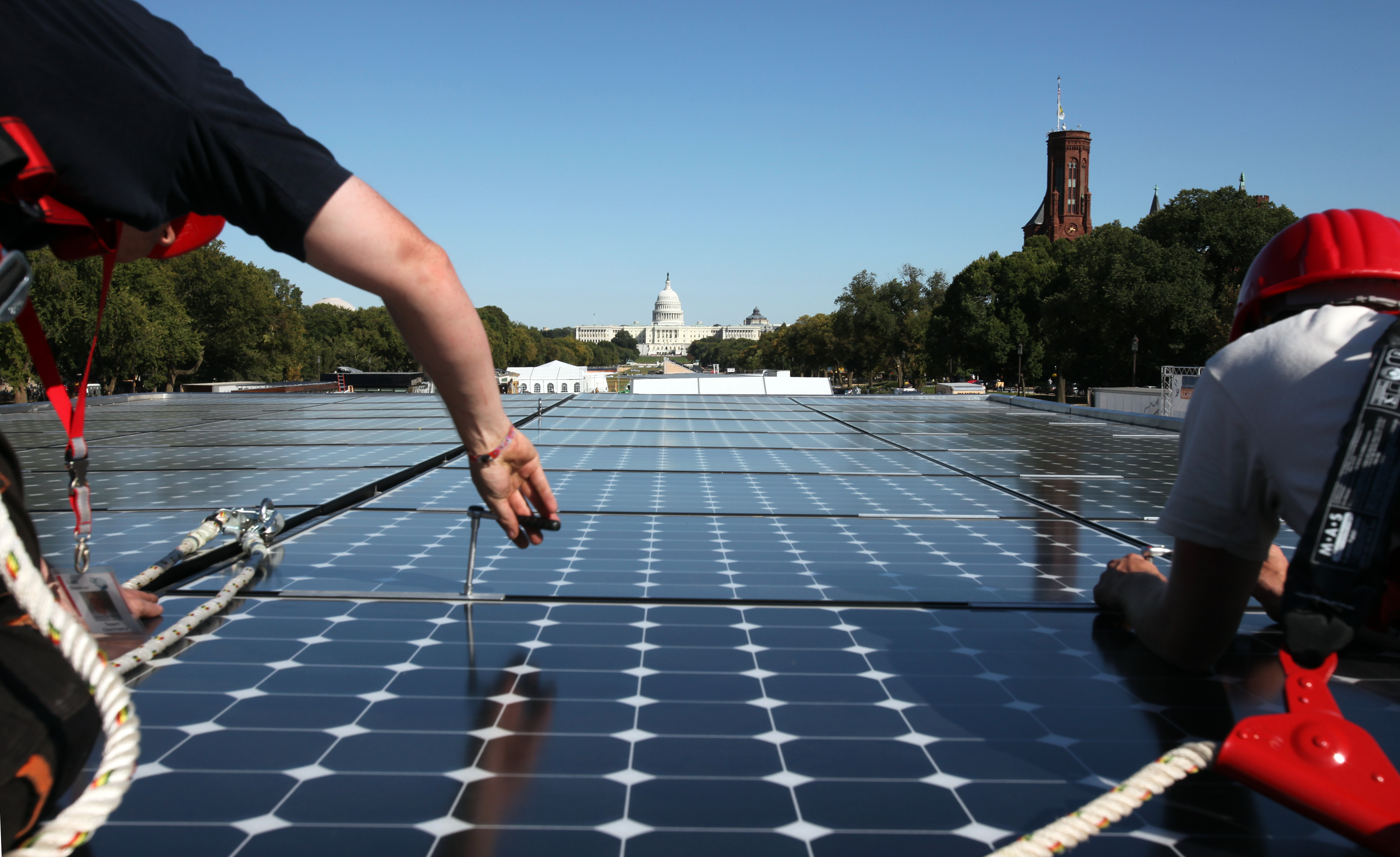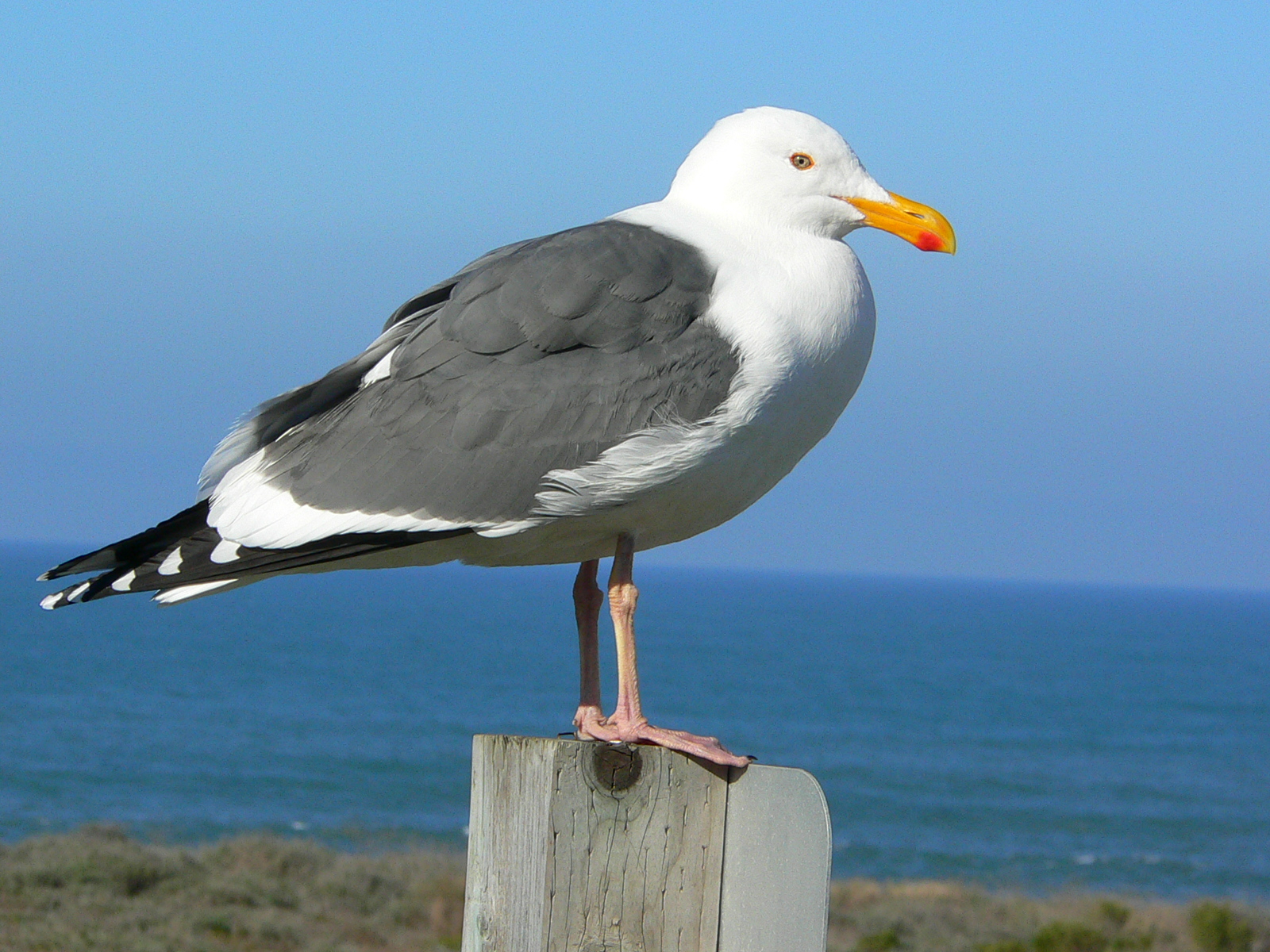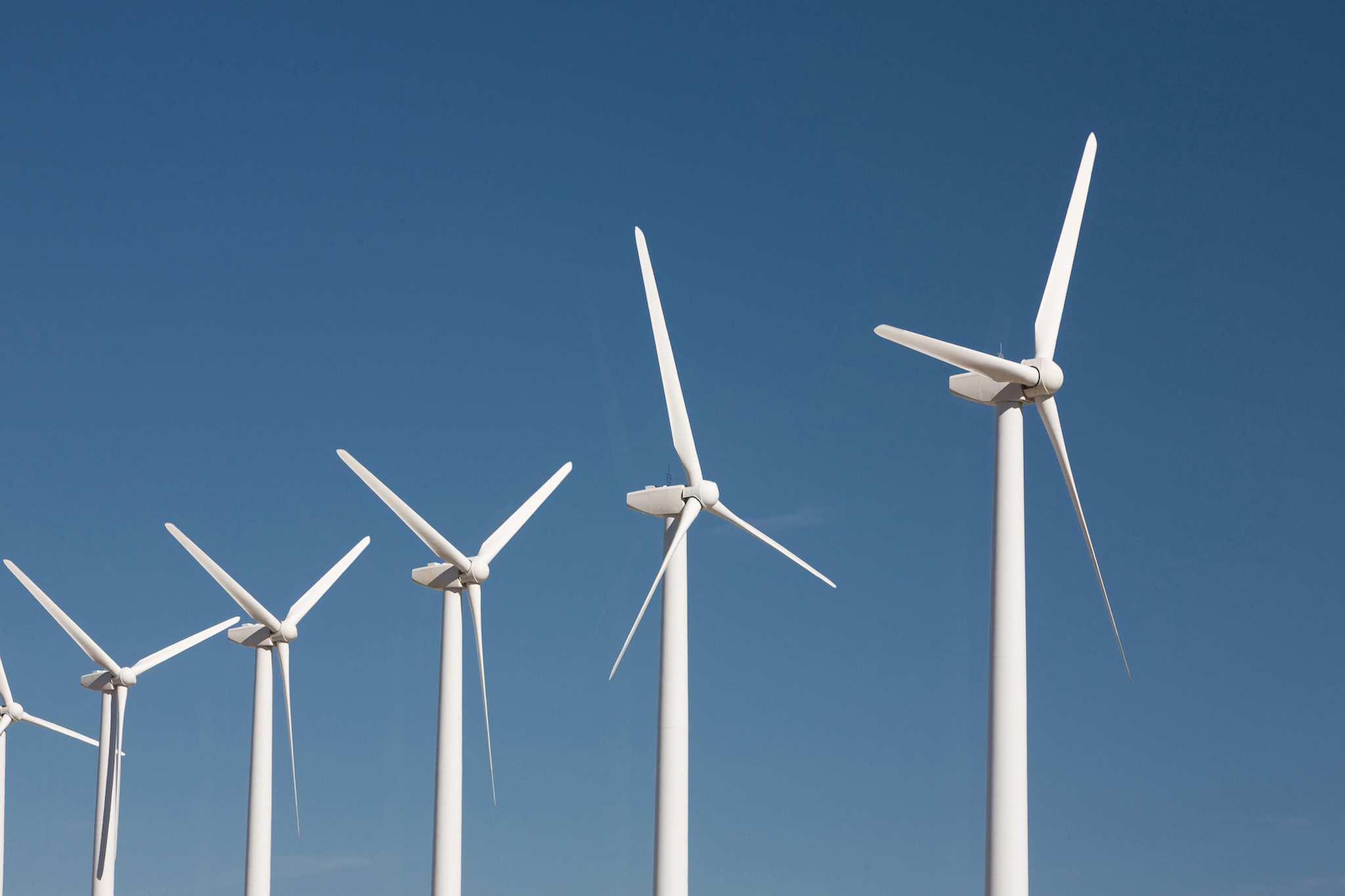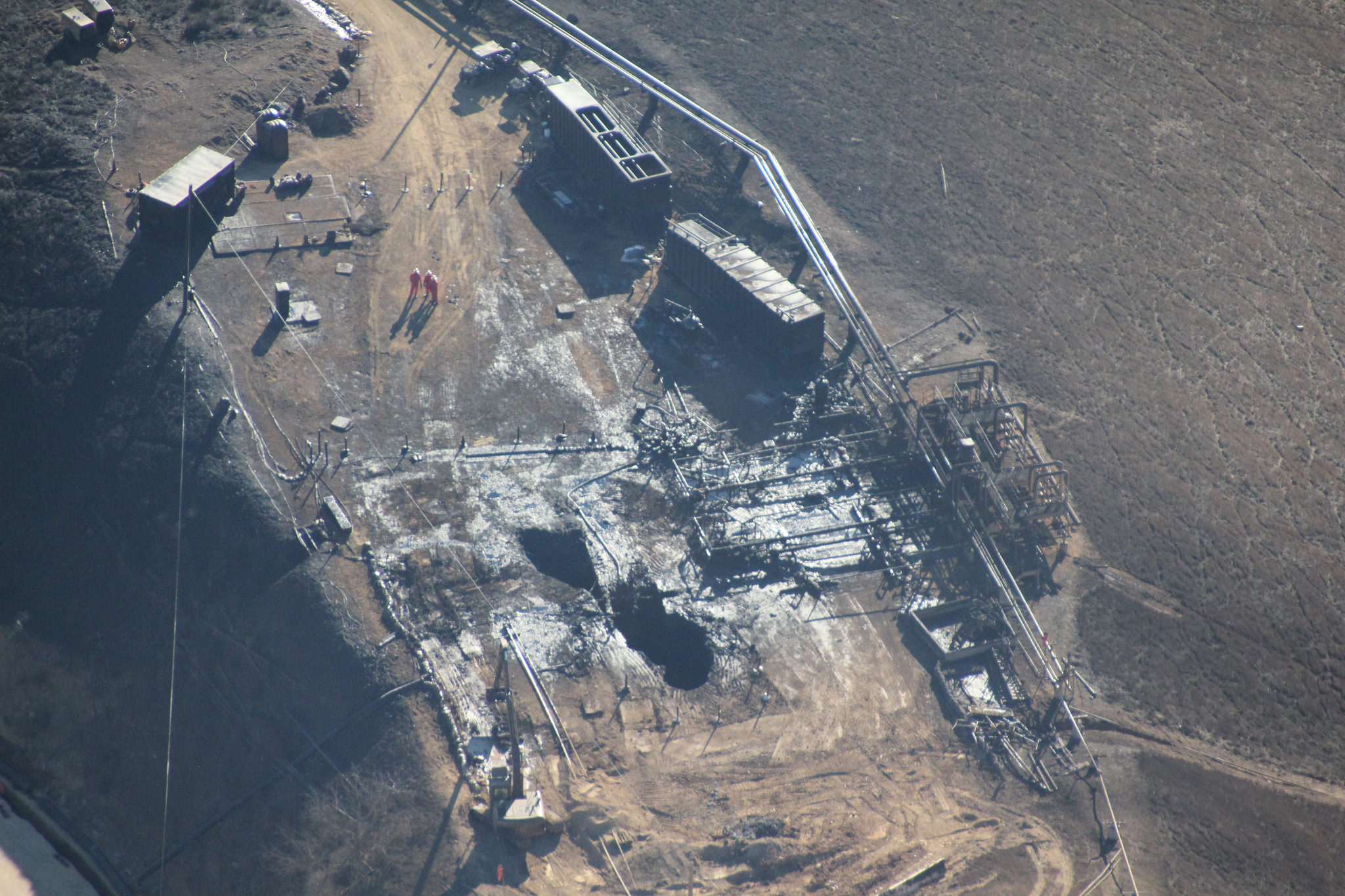In 2008, Israel was on the verge of catastrophe. A decade-long drought in the Fertile Crescent of the Middle East was scorching the area. Israel’s largest source of fresh water, the Sea of Galilee, had dropped to within inches of the so-called black line at which point irreversible salt infiltration would flood the lake and ruin it forever.
california
Virtual Power Plants
The traditional model of the electricity grid is one where centralized large power plants send power through transmission lines to substations and then on to homes and businesses. As localized renewable energy sources, energy storage systems, and efficiency systems proliferate throughout the system, a new concept is emerging: that of the virtual power plant.
Grass-Powered Cars
Several major automakers are betting on hydrogen-powered cars as the future of personal transportation. The first of these cars are already available in California. What isn’t readily available is the hydrogen to power them. There are very few hydrogen stations out there and hydrogen is pretty expensive.
California Condors
The California condor is the largest North American land bird with a wingspan of about 10 feet. During the 20th century, poaching, habitat loss and lead poisoning reduced the vulture’s population to fewer than two dozen. The U.S. government’s response was to round up every last one of them over a period of 5 years- a total of 27 birds – for a last-ditch captive breeding program. As a result, technically the species became extinct in the wild at that point in 1987. Reintroduction into the wild did not begin until 1991.
The Value Of Street Trees
Why should you care whether there are trees on your street or on the streets nearby? Besides the obvious fact that they make streets more attractive, street trees provide a number of real benefits both for residents and for the environment.
Solar Power And Drinkable Water
According to a report from the International Food Policy Research Institute, more than half the world’s population will be at risk of water shortages by 2050 if current trends continue. As the climate continues to change, severe droughts are becoming increasingly commonplace.
A Giant Dam Removal Project
In early April, the U.S. Government, the states of Oregon and California, and the utility Pacificorp signed an agreement that will lead to the removal of four dams on the Klamath River by 2020, amounting to one of the largest river restoration efforts ever undertaken in the United States.
The State Of The Air
For the past 17 years, the American Lung Association has analyzed data from official air quality monitors to compile the State of the Air report. The State of the Air 2016, which was released late last month, revealed some troubling statistics about the health of the air here in the United States.
Mandatory Solar In San Francisco
California leads the nation in the use of solar energy with well over half the country’s solar electric capacity. The state is the home of several of the largest thermal solar generating plants in the world and between those and multiple utility-scale photovoltaic plants, California utilities get more than 5% of their power from the sun.
Electric Buses And Trucks
We hear a great deal about electric cars these days. Will people buy them? Are they worth it? And, of course, there is the tremendous buzz surrounding Tesla’s forthcoming moderately-priced car. But there is also lots of activity in electrifying larger vehicles, including garbage trucks, city buses, and medium-sized trucks used by freight companies like FedEx.
A Wind-Solar Streetlight
The Caribbean island nation of Grenada has installed a wind and solar powered off-grid streetlight. An Irish company called airsynergy has developed the underlying technology which it calls a Remote Power Unit or RPU.
Big Solar Is Booming
When we think about solar power, we mostly think about rooftops covered with solar panels. And indeed, there are more than 800,000 solar rooftops in the U.S. and the numbers are growing.
Coexisting With Dangerous Carnivores
We come across many things that we don’t like but that are nonetheless good for us or good for the world in general. On some level, we all make cost-benefits analyses to decide what to do about various things that we might just as soon do without.
Food Waste And Wildlife
We have talked quite a bit about food waste and in particular its impact on world hunger and on the economy. The world wastes more than $750 billion worth of food each year and 1.6 billion tons of food is left in fields, sent to landfills or scattered about the landscape. Another 7 million tons of fishery discards are dumped in the sea.
Land, Water and Energy
The city of Holtville in California is sometimes called the “Carrot Capital of the World.” This agricultural community has signed an agreement with Australian company Infratech to build a floating solar power system for its water treatment plant.
San Diego Green
While 195 countries reached agreement on reducing greenhouse gas emissions in December, the city of San Diego made a major commitment of its own. Whereas the Paris climate accord is non-binding, San Diego has gone much further.
Community Solar On The Rise
Most Americans are bullish on solar power. However, the majority of Americans are unable to install their own rooftop solar system because either they don’t own the place where they live or because their home is unsuitable for installing solar panels for one reason or another.
California’s Methane Leak
It’s being called the largest environmental disaster in California’s history. On October 23, 2015, a massive natural gas leak erupted at a storage well operated by Southern California Gas in Aliso Canyon, outside of Los Angeles. The leak has forced more than 2,800 families from their homes, and to make that worse, they have no idea when they’ll be able to return.
Powering The Hydrogen Highway
2016 is the first year that hydrogen fuel cell cars are available to the general public. There aren’t very many of them as yet, but Toyota, Honda, and Hyundai all have fuel cell vehicles on the market. All these companies are betting on hydrogen-powered cars as the future of personal transportation.
Right now, California is where almost all the action is for fuel cell cars but even there, there are only a handful of hydrogen fueling stations. The automakers are providing a great incentive to owners of their fuel cell cars: free hydrogen for the first couple of years. But free or not, it has to be available.
There are plans to build many more hydrogen fueling stations in California, but one problem is that it takes quite a while to commission new stations. Every car manufacturer has to perform validation tests that take weeks. As a result, it can take months to bring stations online.
California hopes to bring online a network of more than 50 stations by the end of 2016, mostly in Southern California and in the San Francisco Bay Area. Thanks to a new device developed by Sandia National Laboratories and the National Renewable Energy Laboratory, this rapid deployment of new stations now looks possible.
It is called the Hydrogen Station Equipment Performance device, or HyStEP, and it acts like a surrogate for vehicles and eliminates the need for each manufacturer to test separately. Testing can be done in less than a week.
Streamlining the process for commissioning hydrogen fueling stations is one important step towards building the hydrogen highway.
**********
Web Links
Speeding up the hydrogen highway
Photo, posted June 14, 2014, courtesy of Flickr.
Earth Wise is a production of WAMC Northeast Public Radio.





